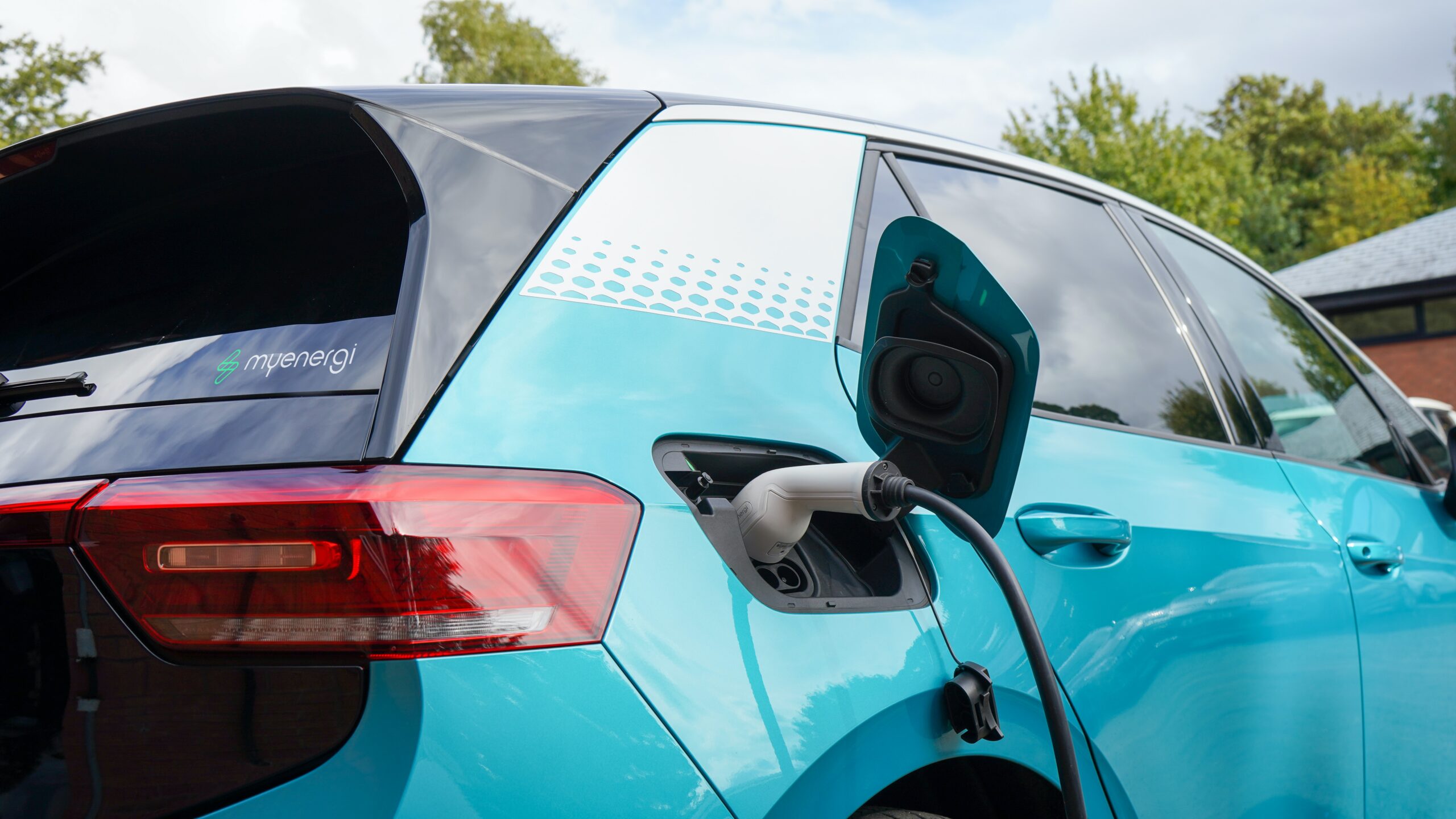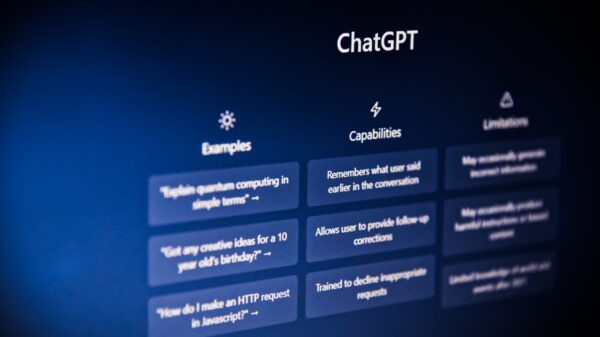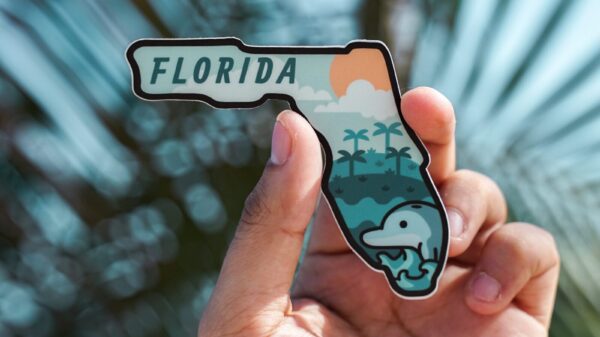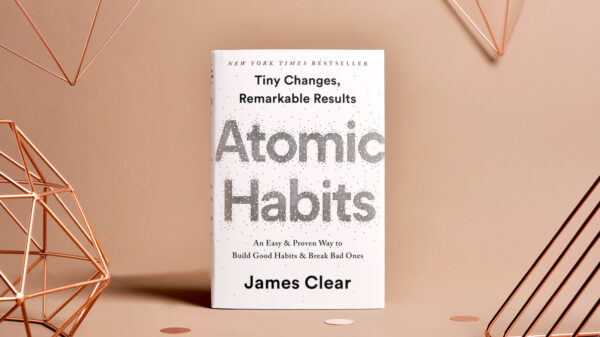It’s probably no surprise how much PPC has changed over the years. Whether it’s new features like PMAX, new tracking required with GA4, a changing UI, or the possibilities behind generative AI in paid search, there’s really no shortage of change on the horizon; and risk.
But just as change can be scary, it can also be exciting and open up new opportunities to build things right from the ground-up.
In this post, we’ll do just that. We’ll cover 9 key things to focus on (step by step, item by item) as you build your winning campaign.
Step 1: Define Your Goals
Before starting any PPC campaign, it’s important to clearly define your goals. Do you want to drive more traffic to your website, increase brand awareness, or generate more leads? Let’s say you’re a yoga studio owner who wants to attract new clients. Your goal could be to increase website traffic and generate more leads.
Step 2: Choose the Right Platform
There are several PPC platforms available, such as Google Ads, Facebook Ads, and Bing Ads. You need to select the platform that aligns with your goals and target audience. For example, if your target audience consists of young, tech-savvy individuals, you might choose to run your PPC campaign on Instagram.
Step 3: Conduct Keyword Research
Keyword research is crucial for a successful PPC campaign. It helps you identify the keywords your target audience is using to search for products or services like yours. Let’s say you’re a yoga studio and want to target people interested in yoga classes. You may discover keywords like “beginner yoga classes,” “yoga for stress relief,” or “yoga near me.”
Step 4: Create Compelling Ad Copy
Your ad copy should grab attention, clearly convey your message, and provide a compelling reason for the audience to click on your ad. For instance, you could create an ad that says, “Transform Your Mind and Body with our Beginner Yoga Classes. Join Today for a Free Trial!” This ad copy clearly highlights the benefits of your yoga classes and offers a free trial as an incentive to click.
Step 5: Set a Budget and Bid Strategy
Determine your budget and bid strategy for your PPC campaign. You can set a daily or monthly budget to control your spending. Additionally, you’ll need to decide on a bid strategy, such as manual bidding or automated bidding. Manual bidding allows you to have more control over your bids, while automated bidding leverages machine learning to optimize your bids for maximum results.
Step 6: Create Landing Pages
Once someone clicks on your ad, they should be directed to a relevant and well-designed landing page. For example, if your ad is promoting beginner yoga classes, the landing page should provide information about the benefits of yoga for beginners and have a clear call-to-action (CTA) button to sign up for a free trial.
Step 7: Monitor and Optimize
After launching your PPC campaign, it’s crucial to continuously monitor its performance. Track important metrics like click-through rates (CTRs), conversions, and cost per click (CPC). If you notice that certain keywords or ads are not performing well, make adjustments to improve their effectiveness. This could involve tweaking your ad copy or adjusting your bid strategy.
Step 8: A/B Testing
A/B testing is an effective way to optimize your PPC campaign further. You can test different elements like ad headlines, images, or CTAs to see which version performs better. For instance, you could test two versions of your ad copy – one highlighting the beginner-friendly aspect of your yoga classes and the other emphasizing the stress relief benefits.
Step 9: Refine and Scale
Based on the data gathered from monitoring, optimizing, and A/B testing, refine your PPC campaign further. Once you start seeing positive results, you can consider scaling your campaign by increasing your budget or expanding your target audience reach.
In conclusion, building a winning PPC campaign requires careful planning and continuous optimization. By following these steps and using practical examples, you’ll be well on your way to driving more traffic, generating leads, and achieving your goals. Good luck!





































